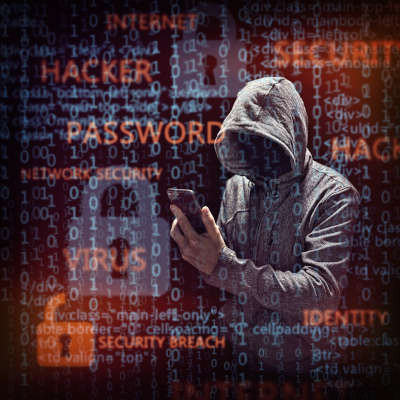Bad news—thanks to four flaws in Microsoft Exchange Server software, over 60,000 individuals and organizations have had their emails stolen by a cyberespionage unit based in China, with over 30,000 of those targeted being in the United States. Let’s review what has taken place up to the time of this writing, and what can be done about it.
BEI Blog
It was pretty evident from the start of the COVID-19 pandemic that many businesses were not prepared to pivot their operations offsite. Many of these company’s leaders spent the past several years convinced that allowing people to work remotely would sap productivity in unsustainable ways. Cybercriminals have taken advantage of many organizations since then. Today, we will talk about what needs to be done to secure your endpoints when supporting a remote workforce.
With just shy of a month before the 2020 United States Election, there has been quite a bit of concern over the idea that external interests may try to sway the results—and it seems for good reason. Only recently, Microsoft interrupted a massive coordinated hacking plot that could have altered the very infrastructure needed to support a fair election. Let’s examine this plot, and what Microsoft did, in some more detail.
The World Health Organization has been increasingly associated with cybercrime as of late, both as a target and as a spoofed entity. Naturally, this is to be somewhat anticipated, giving the continued global health crisis that we are all facing. Let’s go over some of the events that the WHO has been associated with as of late.
It isn’t exactly news that businesses of all sizes need to be concerned about cyberthreats - especially since, as time passes, these threats have become more serious and insidious. Up until this point, there have been tried-and-true methods that businesses could leverage to stop these threats, but hackers are very clever when it comes to their attacks. What can a business do?
Malware is a commonality in today’s computing environment, though businesses do everything in their power to avoid encountering it. Some people have difficulty identifying threats, which makes for a dangerous situation whenever they actually have to handle them. We’ve put together a malware guide that will help your employees identify the most common types of threats out there, as well as how to respond to them.
Hackers aren’t the only ones out there developing malware tools, but sometimes, they get their hands on some of the others. This is precisely what happened when Double Pulsar, a malware that the NSA has used in the past, was paired with a Chinese hacking tool and used to attack Hong Kong and Belgium in 2016.
I think by now most people understand just how dangerous ransomware is. Even with some of the ridiculous names they have like Gandcrab, Jigsaw, and WannaCry. Hell, two strains even have names from the James Bond canon: LeChiffre and GoldenEye. But one funny-named strain of ransomware, SamSam, has been devastating information systems for sometime, and has caught the eye of several U.S. law enforcement agencies.











